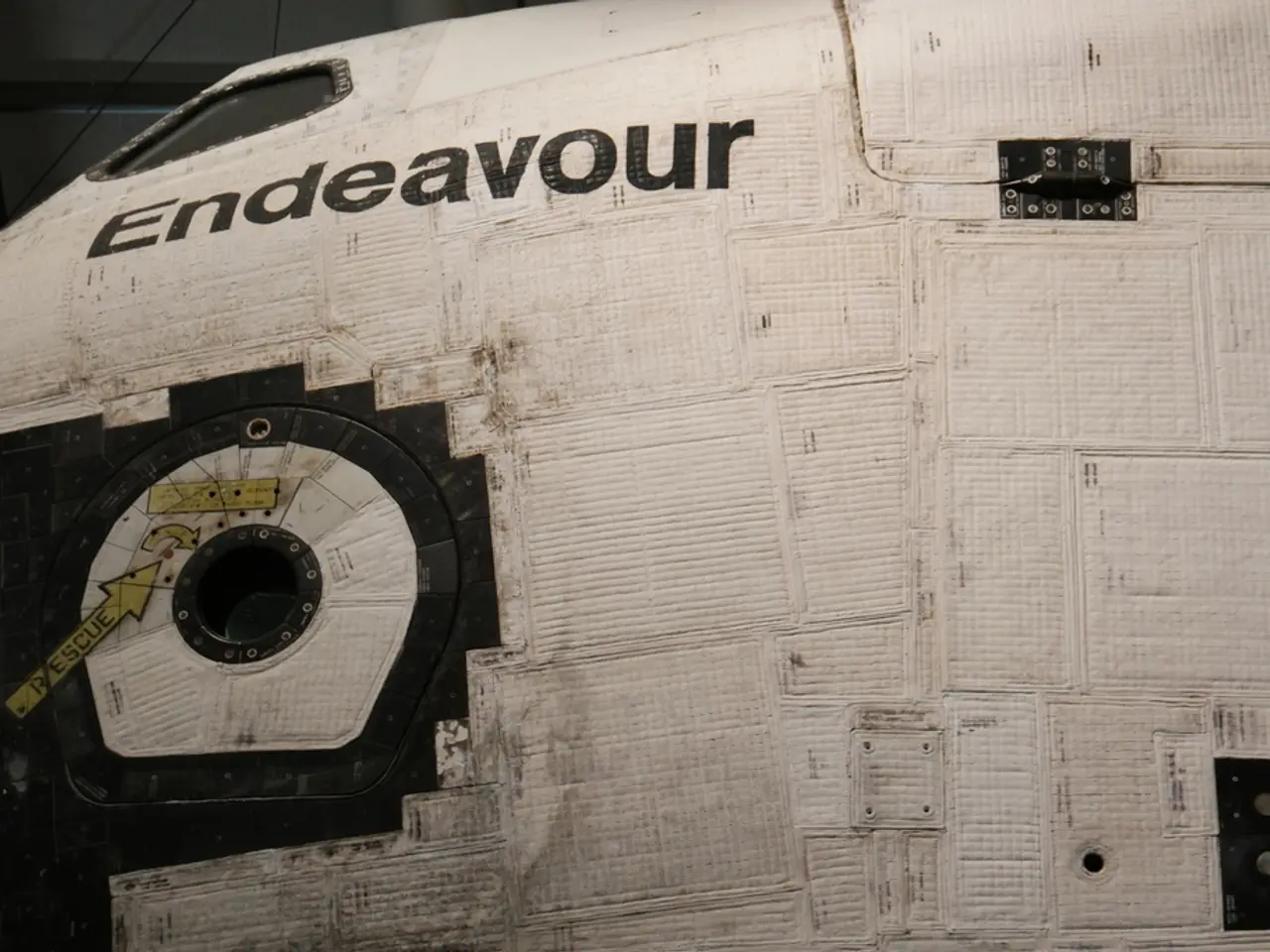SpaceX Plans February 28 Starship Flight 8 Following Investigation into Flight 7 Mishap
SpaceX's Starship Flight 7 concluded with a failure on January 16, resulting in a catastrophic explosion over the Caribbean. Following the incident, SpaceX has made numerous changes, particularly to the Super Heavy Booster and Starship's propulsion systems.
Identified Issues During the Failure
- Premature ignition of multiple engines on the Booster (Fuel supply issue)
- Loss of fuel regulation capability (Tank pressure problems, potential turbopump damage)
- Structural issues with the tanks (possible leaks, over-pressure)
- Communication and control issues during the flight phase.
- Detailed Cause: Likely an explosion in the fuel feed system, possibly triggered by pressure loss or over-pressure in the tanks.
Concrete Changes to the Rocket Propulsion System
Structural Improvements
- Strengthened tank walls: The tanks have been structurally reinforced to withstand higher pressure loads.
- Improved valve system: New, more robust valves have been installed to optimise fuel supply and prevent pressure loss.
- Redundant seals: Multiple seals at critical connections reduce the risk of leaks.
- Thermal insulation: The insulation of the tanks has been improved to reduce temperature fluctuations and potential material fatigue.
Control and Safety Measures
- Improved pressure monitoring system: Sensors and software have been updated to detect pressure and temperature abnormalities earlier and take corrective action.
- Redundant fuel lines: There are now alternative paths for fuel supply to the engines, in case a main system fails.
- Automatic emergency shutdown: The system can independently detect critical errors and safely shut down the engines to prevent disaster.
- Improved telemetry: Flight data transmission has been optimised to identify error sources more quickly.
Tests and Quality Control
- Extended ground and pressure tests: The tanks are intensively tested for tightness, pressure capacity, and material fatigue before each launch.
- Simulations and analyses: SpaceX uses improved computer simulations to identify potential weaknesses in advance.
- Continuous feedback: Data is analysed after each flight and directly incorporated into the next design iteration.
Conclusion
SpaceX has learned extensively from Flight 7's failure and implemented numerous constructive, structural, and quality improvements to the propulsion system. The aim is to significantly increase the reliability and safety of the Starship and Super Heavy Booster systems and minimise the risk of similar failures in the future. This iterative development philosophy ("Test, Learn, Improve") is a hallmark of SpaceX and has already led to significant advancements.
If you're referring to a different flight or need more specific details, please let me know!
Additional flashes were observed, and sustained fires broke out in the affected section. These fires ultimately caused a failure in the vehicle's propulsion system, shutting down all but one of Starship's engines. The failure was caused by a cascading sequence of events triggered by propellant leaks. Sensors detected a flash in the aft section of the vehicle near one of its Raptor vacuum engines. Debris fell within the planned debris response area near Turks and Caicos.
SpaceX requires FAA clearance before proceeding with Flight 8, but the agency has yet to officially close its investigation into the Flight 7 mishap. In the wake of the failure, SpaceX engineers have implemented several design changes aimed at preventing similar issues in future flights. The Federal Aviation Administration (FAA) launched a mishap investigation following the explosion.
The overall mission duration for Flight 8 is expected to last just over an hour. SpaceX will likely retry deploying a mock Starlink payload in Flight 8, which was planned for Flight 7. SpaceX is expected to attempt catching the Super Heavy booster using the launch tower's "chopstick" arms in Flight 8, as was successfully executed in two previous tests. Starship aims for a controlled splashdown in the Indian Ocean in Flight 8.
A resulting loss of communication triggered an automatic in-flight abort, leading to the disintegration of the upper stage over the Atlantic Ocean. Images and reports from locals showed pieces washing up on shore, with at least one vehicle reportedly damaged by falling wreckage. In the event of a successful Flight 8, SpaceX will continue its mission to revolutionise space travel and satellite deployment.
Read also:
- Understanding Hemorrhagic Gastroenteritis: Key Facts
- Stopping Osteoporosis Treatment: Timeline Considerations
- Tobacco industry's suggested changes on a legislative modification are disregarded by health journalists
- Expanded Community Health Involvement by CK Birla Hospitals, Jaipur, Maintained Through Consistent Outreach Programs Across Rajasthan








